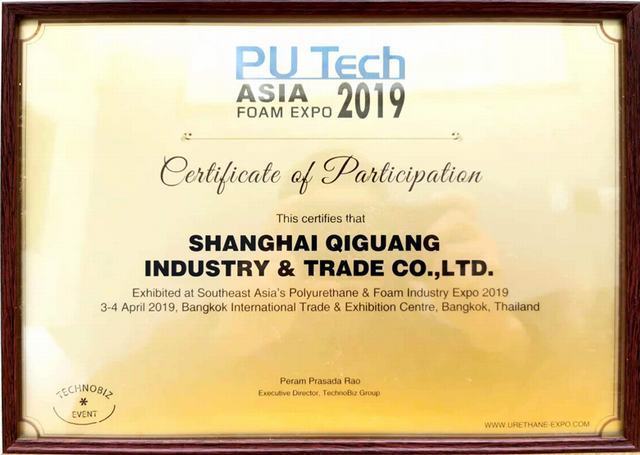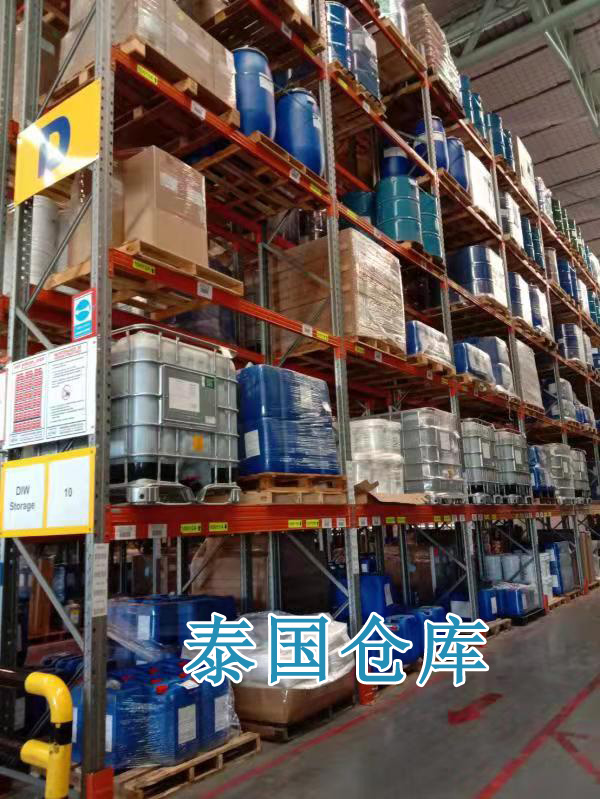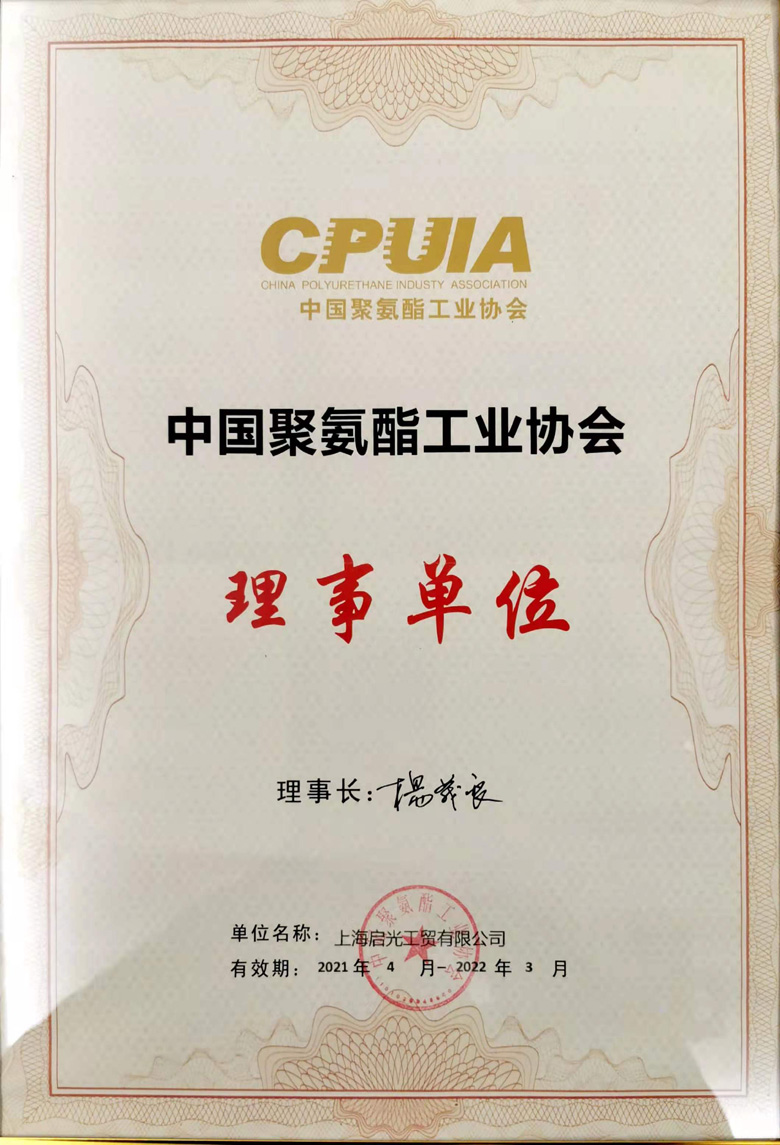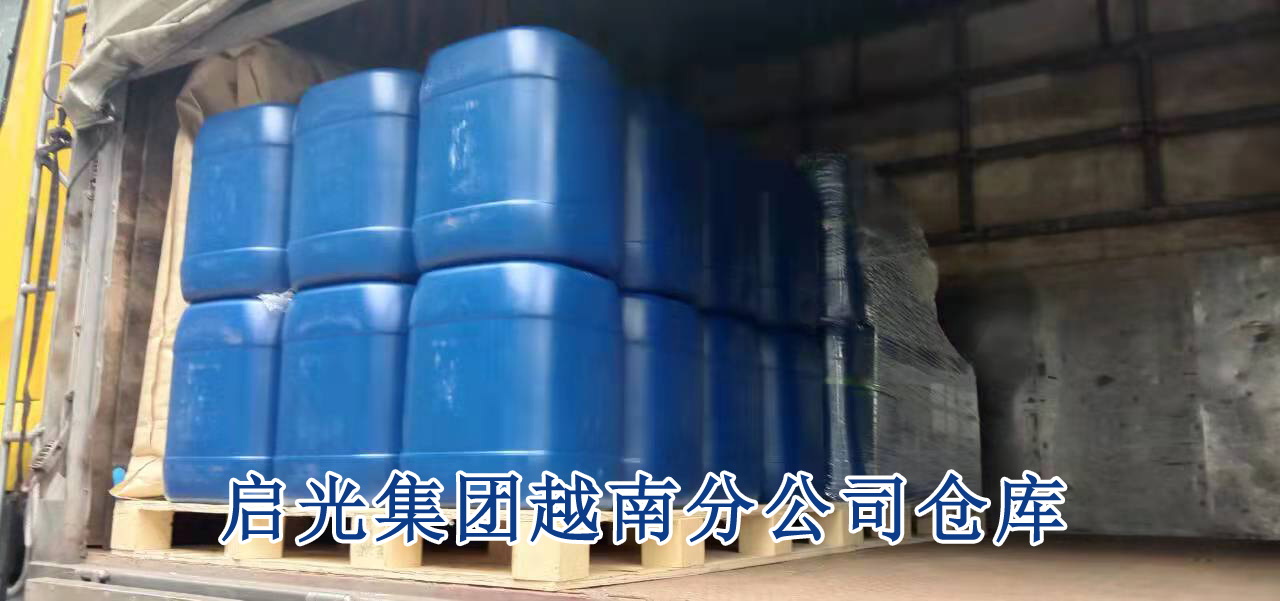[UP] Study on the curing mechanism of unsaturated polyester resin UPR
1. Introduction
The curing of unsaturated polyester resins (UPR) seems to be a well-studied problem in theory and practice, but because of the complexity of the factors affecting the curing reaction and the various applications of UPR, the quality defects of the products are almost always related to the “curing” to a large extent. Therefore, it is necessary to discuss the curing of UPR in more depth.
(To discuss the curing of unsaturated polyester resins, it is important to understand some concepts and definitions related to the curing of unsaturated polyester resins)

2. Concepts and definitions related to the curing of unsaturated polyester resins
2. 1 definition of curing
Liquid UPR can be formed by the combination of unsaturated double bonds in the linear polyester chain and the double bonds of the cross-linked monomers under the action of light, heat or initiator to form a three-way cross-linked insoluble and fusible bulk structure. This process is called the curing of UPR.
2. 2 Curing agent
Curing of unsaturated polyester resin is a free radical-initiated co-polymerization reaction, how can the reaction be initiated is the key to the problem. Once the monomer is initiated, free radicals are generated, and the molecular chain can grow rapidly to form a three-way cross-linked macromolecule.

The initiation of unsaturated polyester resin curing is the first unsaturated C-C double bond break, due to the different energy required to break the chemical bond, for the C-C bond, the bond energy E = 350kJ/mol, 350-550 ℃ temperature is required to excite the cleavage.
Obviously, it is not practical to cure the resin at such high temperatures. Therefore, we have found substances that can be decomposed at lower temperatures to produce free radicals, which are organic peroxides. The O-O bonds of some organic peroxides can be decomposed at lower temperatures to produce free radicals. Some of these peroxides can be decomposed at 50-150°C and are valuable for resin curing. We can use this property of organic peroxides, select some of them as the resin initiator, or curing agent.
Definition of curing agent: unsaturated polyester resin with the curing agent, is in the promoter or other external conditions and trigger the resin cross-linking of a peroxide, also known as initiator or catalyst.
Here the “catalyst” and the traditional sense of “catalyst” is different. In the traditional sense, the term “catalyst” is used to help the reactants, and they are not consumed while promoting the reaction. In the UPR curing reaction, the peroxide must change its own structure before it can “catalyze” the reaction, so a more appropriate name for the peroxide used in UPR curing would be “initiator” or “initiator”.
Two concepts that are necessary to understand when it comes to peroxides are reactive oxygen content and critical temperature. Among them, “active oxygen” or “active oxygen content” is a close relationship with the curing agent and often misunderstood the concept.
Active oxygen content: Active oxygen content is simply the percentage of the total number of oxygen and peroxide molecules in the peroxide.
From the concept itself, a peroxide with a lower molecular weight may have a relatively high active oxygen content. However, this does not mean that a peroxide with a high reactive oxygen content has more or faster activity than a peroxide with a low reactive oxygen content. (Because many of our application manufacturers use the active oxygen content as an indicator of the curing agent.) In fact, the active oxygen content is simply a measure of the concentration and purity of any given peroxide as a constant quantity. It has been found that many peroxides with high reactive oxygen content are not suitable for curing resins because they decompose or “deplete” quickly at standard curing temperatures, i.e., they break down free radicals too quickly. Since free groups always have a strong tendency to bond with each other, when they are produced faster than they can be utilized by unsaturated double bonds, they can recombine or terminate the polymerization chain, resulting in a low molecular weight polymer and incomplete cure. (A typical example is hydrogen peroxide).

Critical temperature: Simply put, the critical temperature is the minimum temperature at which the peroxide decomposes in large quantities to produce free radicals. (This temperature is generally only an approximation. There are also free radicals released before this temperature, just to a different extent.)
We can classify peroxides into medium temperature initiators or high temperature initiators according to the critical temperature of peroxides. For pultrusion molding and molding is based on the critical temperature of the peroxide used to determine the working temperature. Generally, the working temperature is set slightly higher than the critical temperature of the initiator. (For example: the critical temperature of methyl ethyl ketone peroxide is 80℃; the critical temperature of benzoyl peroxide is 70℃; the critical temperature of di-tert-butyl peroxide is 146℃; the critical temperature of tert-butyl perbenzoate is 194℃. Pultrusion molding process selects dibenzoyl peroxide and di-tert-butyl peroxide as initiator, the temperature used for programmed temperature rise is 90℃; 160℃.)
2. 3 promoter
The external temperature directly affects the speed of the peroxide to produce free radicals, relying on heating to make the curing agent to release the free radicals and thus trigger the resin curing, this process is certainly feasible, but the high temperature operation will also bring some inconvenience. It was further discovered that some organic peroxides can be activated by another compound, usually through an oxidation-reduction reaction, without heating, and can be cleaved at ambient temperature to produce free radicals. Such substances that can activate peroxides at ambient temperature are promoters or may be called accelerators or activators.

The definition of accelerator: accelerator is to promote the curing agent in its critical temperature below the formation of free radicals (that is, to achieve room temperature curing) of the substance.
2. 4 Light curing
Another substance that initiates resin curing is light, the highest energy in the spectrum of ultraviolet light to produce activation energy, the resin C-C bond breakage, the generation of free radicals to cure the resin. For example, we have done experiments where the resin was gelled within a day if it was placed in direct sunlight, even at 0°C or below.
When a photosensitizer is added to UPR and UV or visible light is used as an energy source to initiate the reaction, the resin can be cross-linked very quickly.
So far, we can understand that, according to the different initiation methods, unsaturated polyester resin curing types can be three.
Thermal curing: by external heating so that the curing agent to release free radicals, thereby triggering the process of resin curing. (also known as thermal initiation curing)
Cold curing: at room temperature or curing temperature is not high, by adding accelerator to make the curing agent to release free radicals so that the resin curing process. (also known as chemical decomposition-initiated curing)
Light curing: by adding a photosensitizer, using ultraviolet light as an energy source to trigger the resin cross-linking curing process. (also known as photo-initiated curing)
The following we mainly discuss the common curing system in cold curing
3 cold curing system commonly used in the type of curing agent
3.1, cyclohexanone peroxide (is a mixture of a variety of hydroperoxides)
Cyclohexanone peroxide dissolved in dibutyl ester, become 50% of the paste, called 1 # curing agent
3.2, dibenzoyl peroxide (is a peroxide, referred to as BPO)
Structural formula.

Dibenzoyl peroxide dissolved in dibutyl ester, become 50% of the paste, known as 2 # curing agent
3.3, methyl ethyl ketone peroxide (referred to as MEKP)
This is a liquid curing agent, generally formulated into a 50% solution of dimethyl ester as the active ingredient, is the commercially available 5 # curing agent.
In the active ingredient, again, not a single compound, but by a variety of molecular structure of the mixture of hydroperoxides.
These compounds have different activities, hydroperoxides (-OOH) to increase the activity, hydroxyl (-OH) to reduce the activity.
Currently the most commonly used domestic curing agent is 5 # curing agent. It is worth noting that the quality of the current domestic 5 # curing agent has declined, there is too much low molecular content in the curing agent, water content is too high shortcomings. Due to the production process is not good, explosions occur frequently, many manufacturers of the current production process does not use distillation method to remove water, and the use of low-temperature cooling static separation method, the drawback of this method is that the water is not exhausted, the curing agent in the water content is too high, if the use of multiple freezing separation method, and will cause low yield, high cost. Some businesses in order to improve the active oxygen content of the curing agent, to the curing agent directly into the hydrogen peroxide, for such a curing agent, the use of the following phenomena.
①, curing agent, accelerator into the resin after a large number of bubbles, low reactivity or high polymerization inhibitor content of the resin phenomenon is particularly obvious.
②, summer temperatures rise, the phenomenon of blistering is more serious.
This is due to the rapid decomposition of hydrogen peroxide in the curing agent, failure to react with the resin in a timely manner.
4 cold curing system in the type of accelerator commonly used
Strictly speaking, the accelerator can be divided into three categories.
①, effective for hydrogen peroxide such as cyclohexanone peroxide, methyl ethyl ketone peroxide, such as cobalt naphthenate, cobalt octanoate, etc.. The former is commonly used abroad.
②, effective for peroxides such as dibenzoyl peroxide BPO, such as tertiary amines: dimethylaniline, diethylaniline, etc.

